|
|
As the world becomes increasingly conscious of the impact of our actions on the environment, more and more people are adopting sustainable practices in their daily lives. One area where we can make a significant difference is in the design and construction of our homes.
Energy-efficient home design not only reduces our carbon footprint but can also save us money on utility bills in the long run.
In this article, we will explore some essential tips for creating an energy-efficient home. We will discuss various aspects of home design, including insulation, windows, heating and cooling systems, lighting, and appliances.
By following these tips, you can reduce your home’s energy consumption and increase your comfort while minimizing your environmental impact.
Whether you are building a new home or renovating an existing one, these tips will help you create an energy-efficient and sustainable living space that you can be proud of.
Insulation
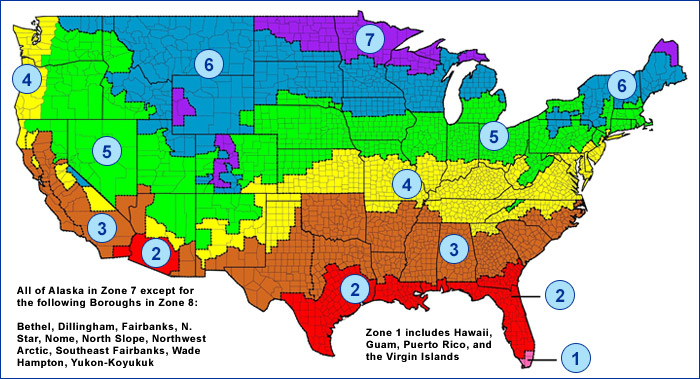
source: https://www.energystar.gov/saveathome/seal_insulate/methodology
Insulation is a crucial component of an energy-efficient home. It helps keep your home warm in the winter and cool in the summer by slowing down the heat flow through your walls, ceilings, and floors. According to EPA, proper insulation can reduce heating and cooling costs by 15% on average (or 11% of all energy costs).
There are several types of insulation materials, including fiberglass, cellulose, foam board, and spray foam. Each type has its advantages and disadvantages, depending on your home’s construction and location.
One of the most popular insulation materials is fiberglass. It is relatively affordable, easy to install, and provides good thermal insulation. However, it is not the most effective insulation material on the market, and it can also pose health risks if inhaled.
Cellulose insulation, made from recycled paper products, is another popular option. Cellulose has a high R-value, meaning it provides excellent insulation properties. It is also an eco-friendly option and can be blown into tight spaces, making it ideal for retrofitting existing homes.
Foam board insulation is a rigid panel made from polystyrene or polyurethane. It provides excellent thermal insulation but can be more expensive than other options. It is also not eco-friendly and can release harmful gases when burned.
Spray foam insulation is the most expensive but provides the best thermal insulation. It can also fill in gaps and crevices in your home’s structure, making it ideal for sealing air leaks. However, it can also be hazardous if not installed properly.
When choosing insulation for your home, consider the climate in your area, your home’s construction, and your budget. Hiring a professional installer is also essential to ensure the insulation is installed correctly and safely.
Windows
Windows are another critical component of an energy-efficient home. They allow natural light into your home, provide ventilation, and enhance your home’s aesthetic appeal. However, they can also be a significant source of energy loss, especially if they are old or poorly installed.
One way to improve your home’s energy efficiency is by upgrading your windows to double or triple-pane windows with low-emissivity (Low-E) coatings. Low-E coatings reflect heat back into your home during the winter and block solar heat gain during the summer, reducing your heating and cooling costs.
Another way to improve your windows’ energy efficiency is by using window treatments such as blinds, shades, or curtains. They can block out the sun’s heat during the summer and retain heat during the winter, reducing your reliance on heating and cooling systems.
It’s also essential to ensure your windows are properly installed and sealed. Poorly installed windows can leak air, leading to energy loss and increased utility bills. Have a professional install your windows and fill any gaps or cracks around the frames.
Heating and Cooling Systems
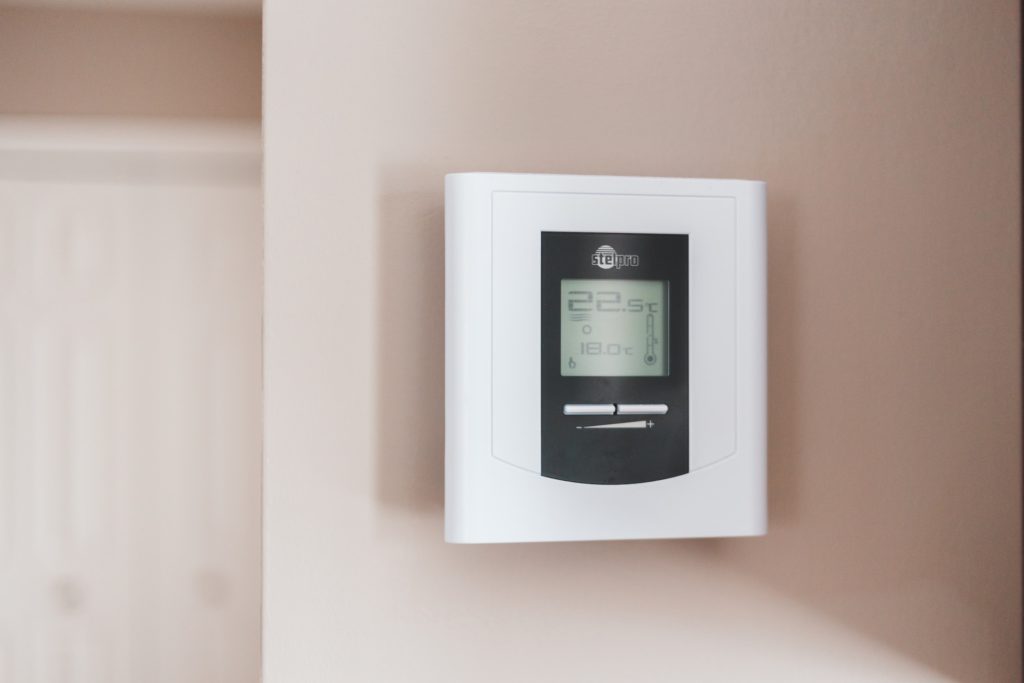
source: https://unsplash.com/photos/fSLI8RdCdyk
Heating and cooling systems account for a significant portion of your home’s energy consumption. Inefficient or outdated systems can lead to high utility bills and increased energy waste. Upgrading to energy-efficient heating and cooling systems can reduce energy consumption and save you money in the long run.
One option for energy-efficient heating and cooling is a geothermal heat pump system. It uses the earth’s natural heat to warm your home in the winter and cool it in the summer. These highly efficient systems can reduce your energy consumption by up to 70%.
Another option is a ductless mini-split system. They are ideal for homes without ductwork and allow you to heat or cool specific areas of your home, reducing energy waste.
If you have a central heating and cooling system, consider upgrading to a high-efficiency unit. Look for systems with a high Seasonal Energy Efficiency Ratio (SEER) rating for air conditioning and a high Annual Fuel Utilization Efficiency (AFUE) rating for heating. These ratings indicate the system’s efficiency at converting energy into heating or cooling.
It’s also important to properly maintain your heating and cooling systems. Replace air filters regularly, schedule annual inspections and tune-ups, and keep the system’s coils and fins clean to ensure optimal performance.
Lighting
Lighting is another area where you can make significant energy savings in your home. Switching to energy-efficient lighting options, such as LED or CFL bulbs, can reduce energy consumption and lower utility bills.
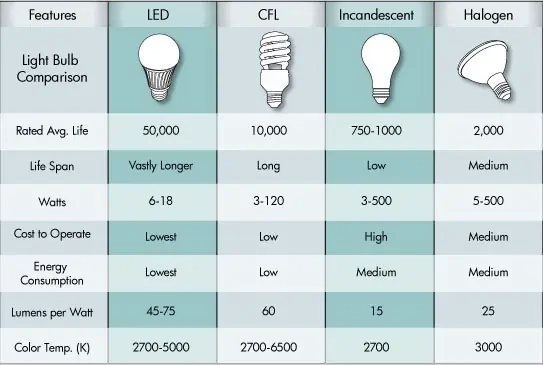
LED bulbs are the most energy-efficient lighting option available. They use up to 75% less energy than traditional incandescent bulbs and can last up to 25 times longer. While LED bulbs can be more expensive upfront, they are more cost-effective in the long run due to their extended lifespan and energy savings.
CFL bulbs are another energy-efficient option, using up to 70% less energy than traditional incandescent bulbs. However, they contain small amounts of mercury and must be disposed of properly to avoid environmental contamination.
It’s also essential to consider your lighting usage habits. Turn off lights when leaving a room, and take advantage of natural light during the day by opening blinds or curtains. Small things matter when it comes to energy efficiency.
Appliances
Home appliances can also contribute significantly to your home’s energy consumption. Upgrading to energy-efficient models can reduce energy use and lower utility bills.
When shopping for new devices, look for those with the Energy Star label. Energy Star appliances meet strict energy efficiency guidelines set by the U.S. Environmental Protection Agency (EPA) and can save you $450 on your energy bills each year.
Some of the most energy-intensive appliances in your home include refrigerators, dishwashers, and washing machines. When shopping for these appliances, consider their size, features, and energy efficiency rating. Smaller models generally use less energy, while features like automatic shut-off and delayed start can also reduce energy consumption.
It’s also essential to maintain your appliances properly. Clean the lint filter in your dryer after each use, keep your refrigerator coils clean, and only run your dishwasher and washing machine with full loads.
Portable Renewable Energy Sources
If you are looking for a more flexible way to power your home, consider using portable renewable energy sources. These can be particularly useful if you live in an area with limited or unreliable access to grid power.
Portable solar panels, for example, can be used to charge batteries or power devices directly. You can use them to power small appliances, lighting, or even your smartphone or laptop.
Another option is portable wind turbines, which can be set up in areas with high wind speeds to generate energy. These turbines can be particularly useful for camping trips or outdoor events where access to grid power is not available, but they can also help you around the house.
Using portable renewable energy sources can be an excellent way to reduce your reliance on fossil fuels and increase your energy independence, even if you don’t have the means to install permanent renewable energy systems in your home.
Smart Technology

source: https://unsplash.com/photos/_aN6zIDRLfQ
Smart technology can also help you create an energy-efficient home by automating energy usage and reducing waste. Smart thermostats, for example, can learn your heating and cooling habits and adjust the temperature accordingly, reducing energy consumption when you’re asleep or away from home.
Smart lighting systems can automate lighting usage and reduce waste. Some can be programmed to turn off lights when you leave a room or adjust the brightness according to natural light levels.
Smart home assistants like Amazon Alexa or Google Assistant can also help you control and monitor energy usage. You can use voice commands to turn off lights or adjust the thermostat. Some devices can provide real-time energy consumption data, allowing you to identify areas where you can make further improvements.
Using smart technology in your home can not only reduce energy consumption and lower your utility bills but also increase your comfort and convenience. With the ability to automate and control various aspects of your home, you can create a living space that is tailored to your specific needs and preferences.
The Bottom Line
Creating an energy-efficient home doesn’t have to be difficult or expensive. By following a few simple tips, you can reduce your home’s energy consumption and save money on utility bills in the long run.
Consider upgrading your windows, heating and cooling systems, lighting fixtures, and appliances to more efficient models. Also, think about using portable renewable energy sources and smart technology for even greater savings.
With proper planning and thoughtful design decisions, you can create a comfortable living space that is also eco-friendly!
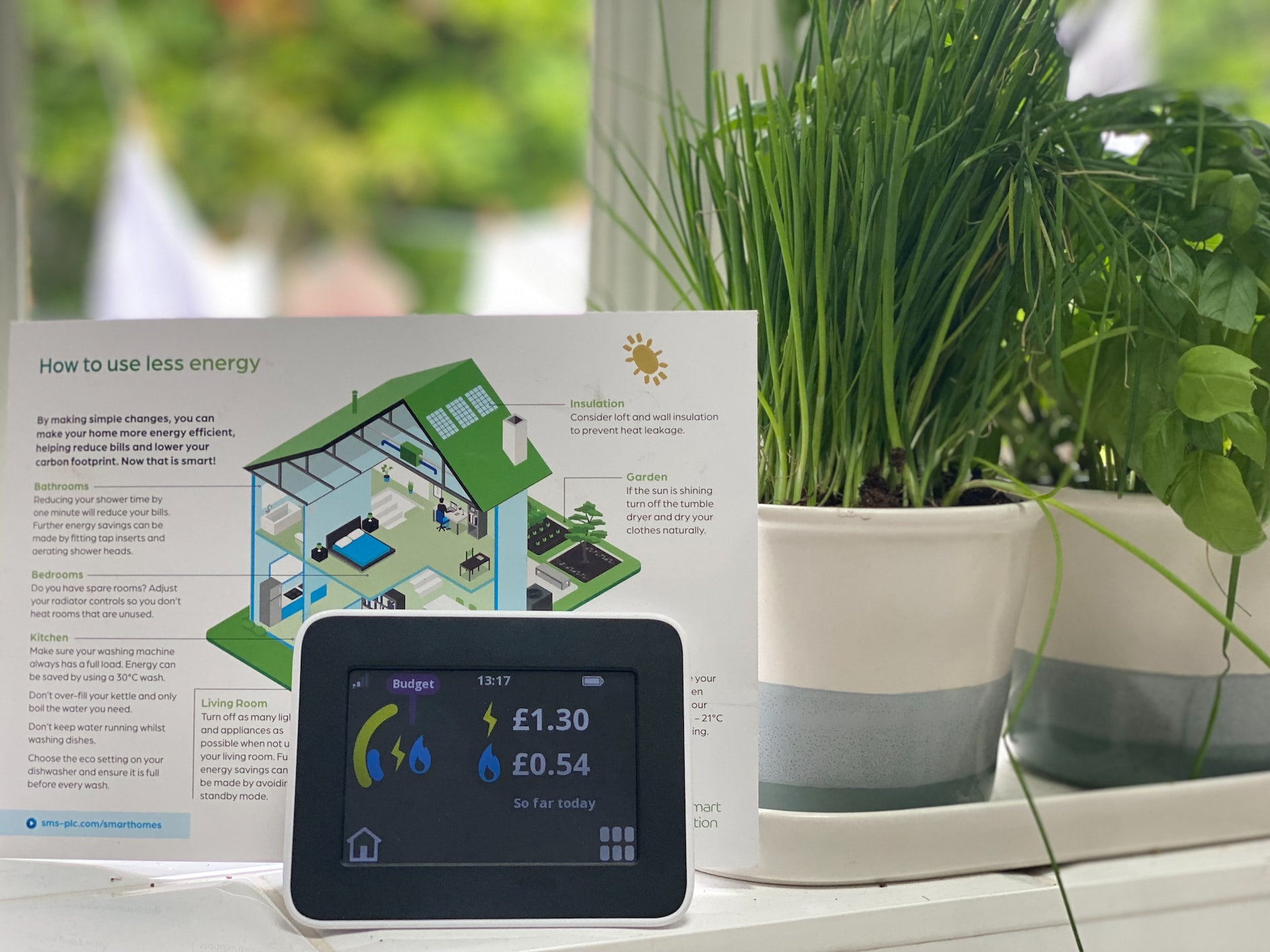
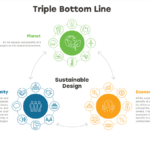

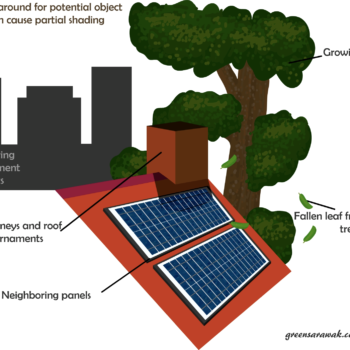


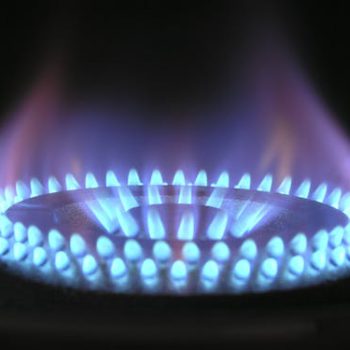


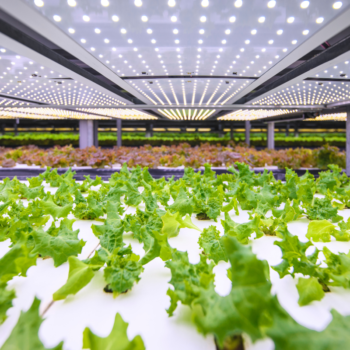



No Comments